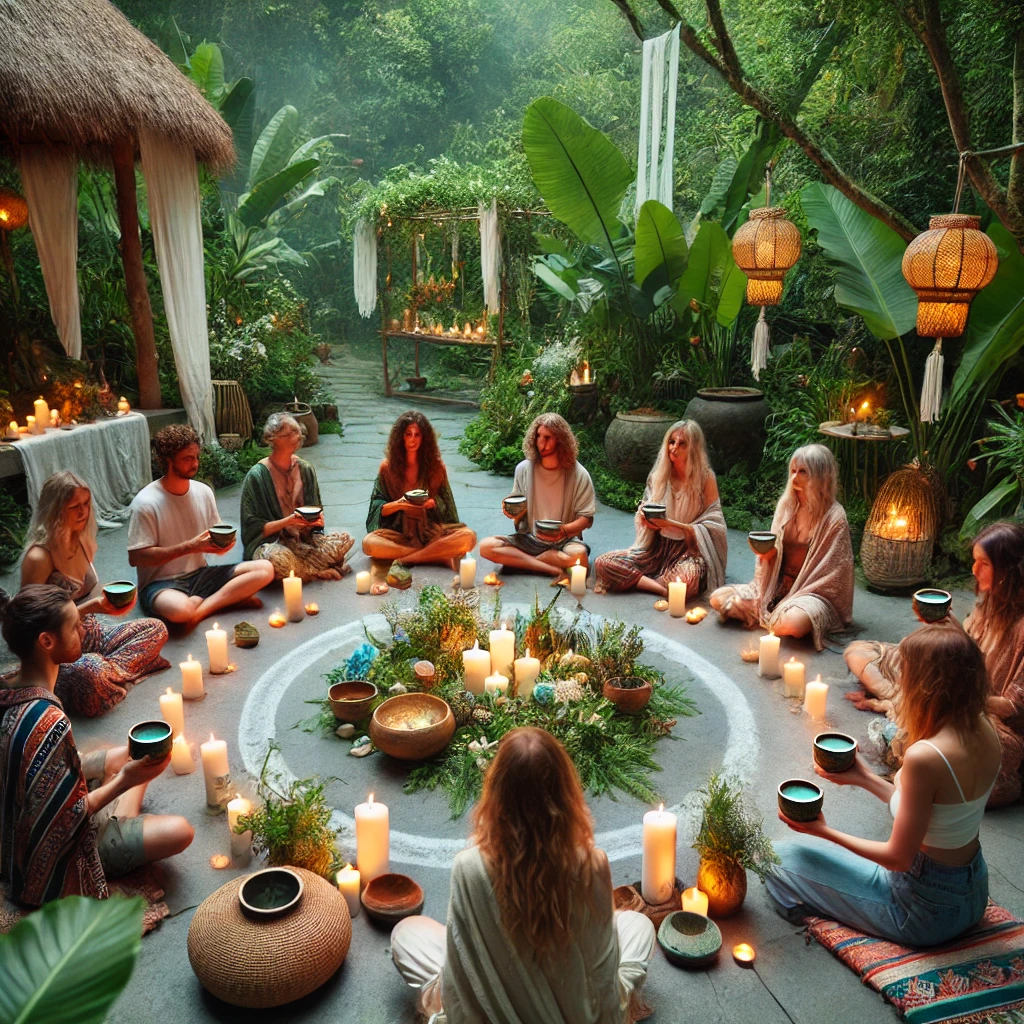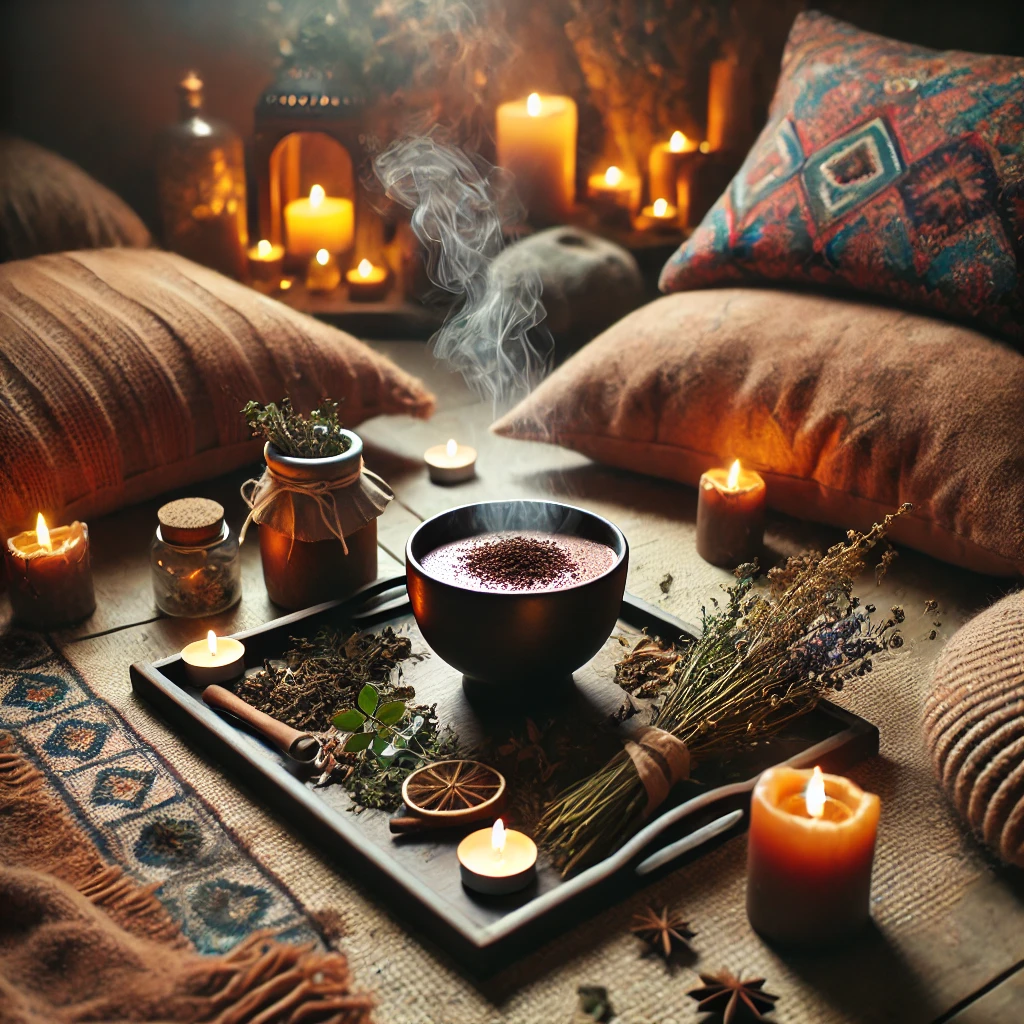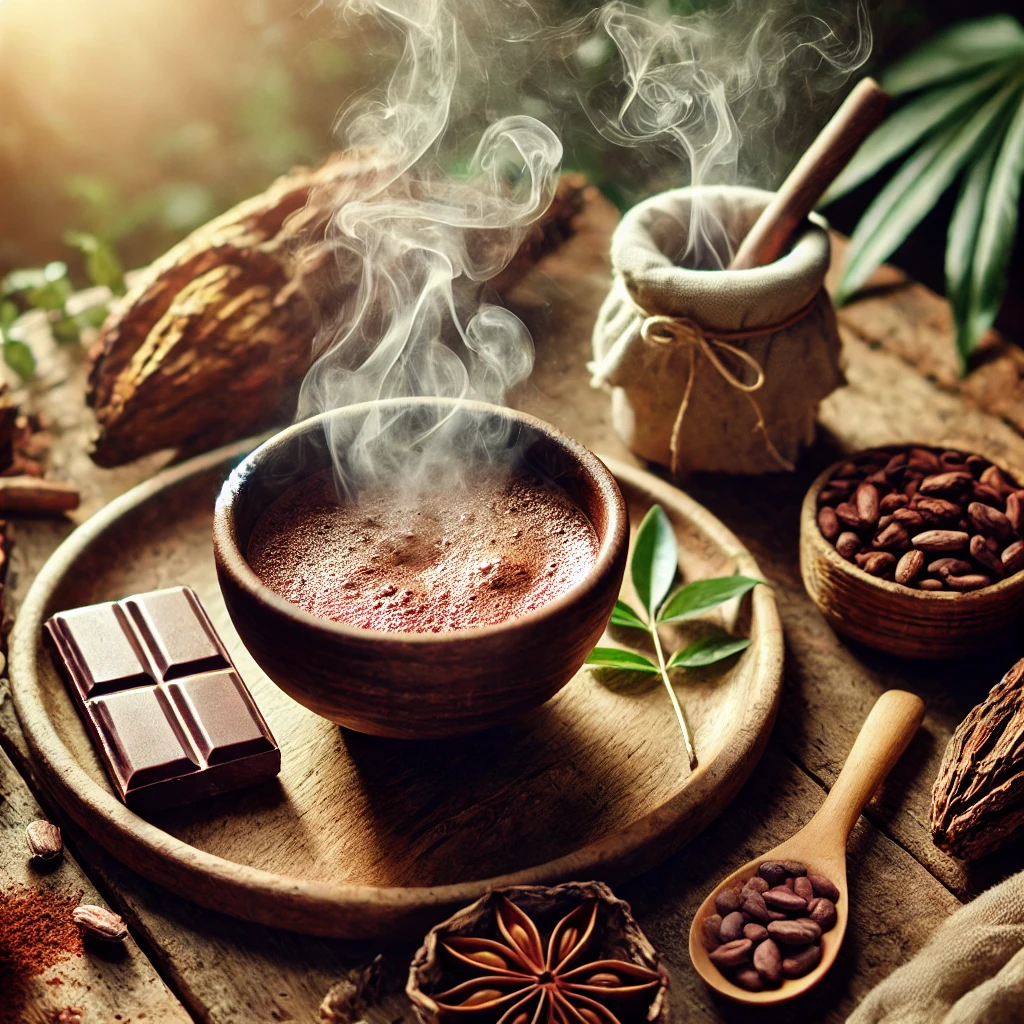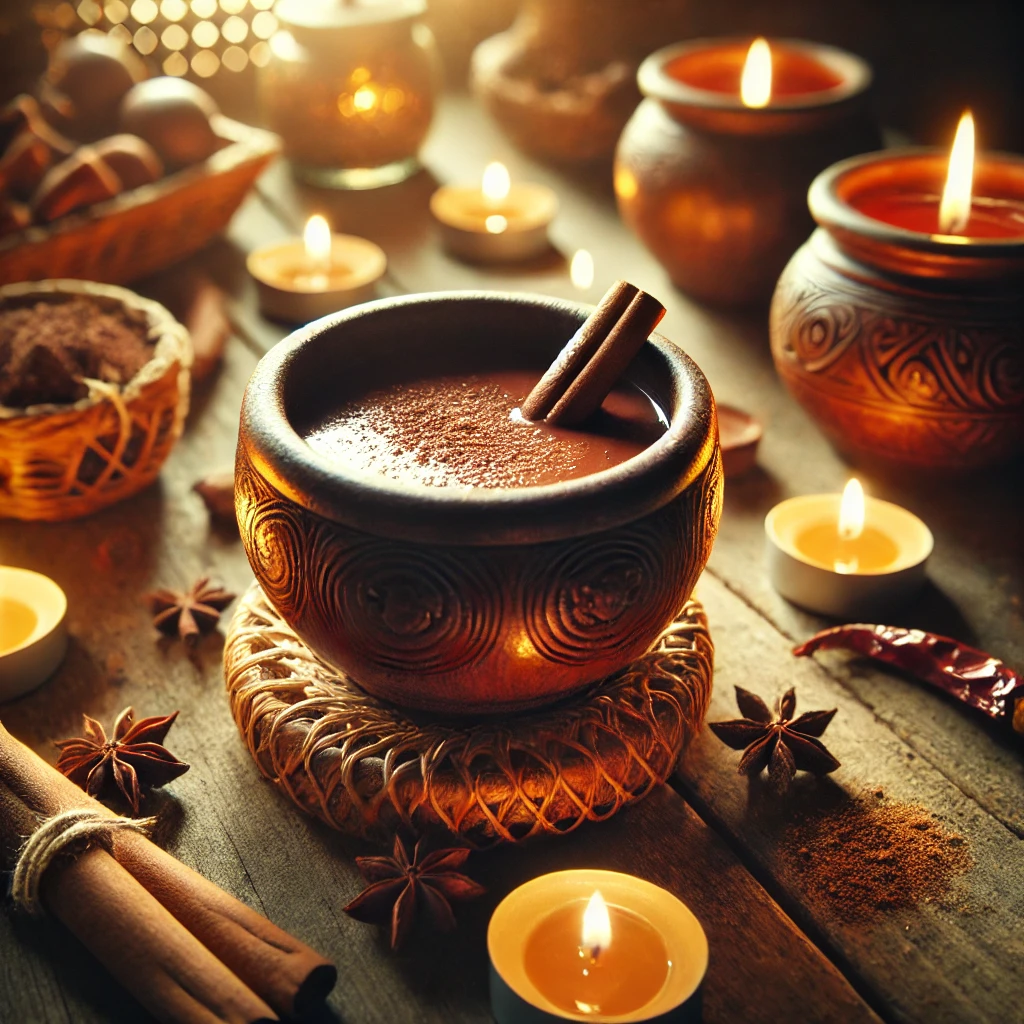
Introduction
The cacao ceremony, an ancient ritual rooted in Central and South American traditions, is gaining popularity as a tool for emotional and spiritual well-being. However, while its cultural significance is profound, it’s essential to approach its purported healing benefits with evidence-based caution. This blog explores the origins, practices, and potential benefits of cacao ceremonies while grounding claims in authoritative sources to meet the criteria for Your Money or Your Life (YMYL) content.
Cultural and Historical Context
Cacao has been integral to the cultures of the Olmec, Mayan, and Aztec civilizations for millennia. Archaeological evidence suggests that cacao was consumed as early as 1900 BCE, often in ceremonial contexts. It was revered as “The Food of the Gods” in Mayan cosmology, symbolizing abundance and a connection to the divine. Historically, cacao beans also held economic value, used as currency and in sacred offerings.
Modern cacao ceremonies seek to honor this heritage, fostering a space for introspection, connection, and mindfulness. It’s crucial to recognize these practices as a cultural tradition and approach them respectfully, avoiding cultural appropriation.
Understanding the Cacao Ceremony
A cacao ceremony typically involves consuming ceremonial-grade cacao in a guided, meditative setting. Unlike commercial chocolate, ceremonial cacao is minimally processed and retains its natural nutrients. Participants may engage in complementary activities such as meditation, breathwork, or reflective journaling.
Ceremonies often aim to foster a sense of emotional openness and connection. While many participants report positive experiences, it is important to note that these effects are subjective and not universally validated by scientific research.

Evaluating Cacao’s Potential Benefits
Cacao contains several bioactive compounds, and while some studies suggest potential health benefits, the claims made in ceremonial contexts must be approached critically.
- Theobromine
Cacao is rich in theobromine, a mild stimulant that can promote alertness and relaxation. Studies indicate it may improve mood and energy levels, but its effects are significantly milder than those of caffeine. - Magnesium
Magnesium, abundant in cacao, plays a role in muscle function, nervous system regulation, and stress management. While cacao can contribute to dietary magnesium intake, relying on it solely as a source of this mineral is not advisable. - Antioxidants
The flavonoids in cacao may support cardiovascular health by improving blood flow and reducing inflammation. However, these benefits are contingent on consuming cacao in moderation and as part of a balanced diet. - Phenylethylamine (PEA)
Sometimes referred to as the “love molecule,” PEA may elevate mood in some individuals. However, its bioavailability when consumed through cacao is limited, and claims of euphoric effects are not widely substantiated by clinical evidence.
Emotional and Spiritual Contexts
The emotional and spiritual aspects of cacao ceremonies are deeply personal and often anecdotal. Participants frequently describe feelings of connection, relaxation, and clarity, which may stem from the ceremony’s environment rather than cacao itself.
- Emotional Release
While some participants report experiencing emotional breakthroughs, this is more likely due to the safe and reflective setting rather than any pharmacological properties of cacao. - Spiritual Connection
Practices such as guided meditation and intention-setting are central to cacao ceremonies. These practices can promote mindfulness and emotional regulation, but attributing these effects solely to cacao oversimplifies the experience.
Cautions and Misconceptions
- Medical and Health Claims
It’s important to clarify that cacao is not a substitute for medical treatment or therapy. While it contains compounds with potential health benefits, these are not a cure or guaranteed solution for emotional or physical ailments. - Dosage and Allergies
Excessive consumption of cacao can lead to discomfort due to its stimulant properties. Additionally, individuals with heart conditions or sensitivities to caffeine or theobromine should consult a healthcare provider before participating. - Respect for Cultural Roots
Modern adaptations of cacao ceremonies must honor their indigenous origins. Misrepresentation or commercialization of these practices can perpetuate cultural harm.

Hosting or Attending a Cacao Ceremony
If you are interested in exploring a cacao ceremony, here are evidence-based and culturally sensitive steps to consider:
- Sourcing Cacao Responsibly
Purchase ceremonial-grade cacao from ethical suppliers who support indigenous communities and sustainable farming practices. - Understanding the Practice
Research the historical and cultural context of cacao ceremonies to approach them with respect and authenticity. - Setting Realistic Expectations
While cacao can enhance mindfulness practices, it is not a magical solution. Approach the experience as an opportunity for reflection rather than expecting specific outcomes. - Consulting with Professionals
If you have underlying health conditions or are pregnant, consult a healthcare provider before consuming ceremonial cacao.
A Balanced Perspective
Cacao ceremonies offer a unique way to foster mindfulness, community, and connection to ancient traditions. However, claims about cacao’s healing powers should be carefully weighed against scientific evidence. While participants may experience emotional or spiritual insights, these outcomes are likely influenced by the intentional environment of the ceremony rather than cacao’s intrinsic properties alone.
For those seeking to explore cacao ceremonies, doing so with cultural respect, ethical sourcing, and realistic expectations is essential. These practices can serve as a beautiful reminder of the value of slowing down, being present, and honoring both ourselves and the traditions we engage with.

Conclusion
The cacao ceremony is a meaningful tradition with deep cultural roots. While it may offer benefits such as increased mindfulness and emotional connection, it is vital to approach it responsibly, avoiding unsubstantiated claims and respecting its origins. By doing so, we can honor the profound wisdom of this ancient practice while integrating it thoughtfully into our modern lives.
By following these principles, cacao ceremonies can serve as a bridge between ancient traditions and contemporary wellness practices, offering participants an opportunity for reflection, connection, and healing in a balanced and informed way.